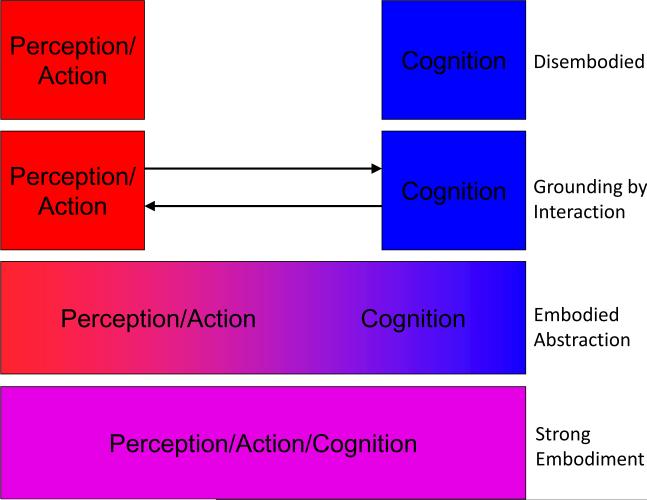Figure 3. Possible relationships between perceptual and conceptual representation.
Theories of perception and cognition vary in terms of the degree of separation between these processes. Disembodied models propose a complete separation, in which conceptual processing is based entirely on amodal, symbolic representations [9, 10, 17]. Other theories propose that conceptual and perceptual representations are distinct and separate but interact closely so that amodal symbols can derive content from perceptual knowledge [7, 14]. In contrast to both of these theories, strong embodiment models posit that perceptual and conceptual processes are carried out by a single system [55, 56]. In contrast to all of these theories, the neuroanatomical evidence for multiple modality-specific systems gradually converging on a common semantic network suggests a process of `embodied abstraction,' in which conceptual representation is embodied in multiple levels of abstraction from sensory, motor and affective input. The extent to which modality-specific perceptual representations are activated during semantic tasks varies with concept familiarity, demand for perceptual information and degree of contextual support (see Box 1).

